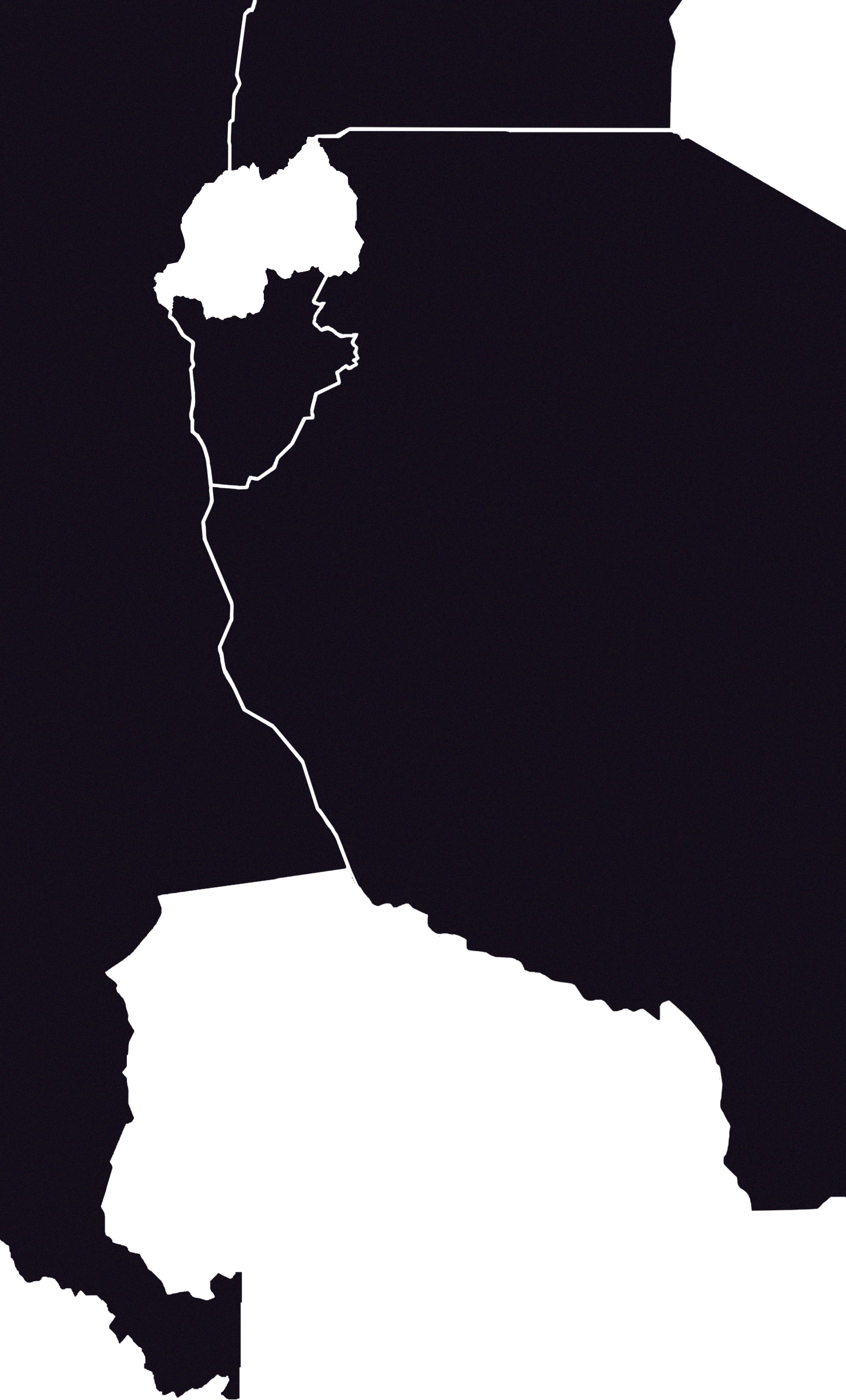Rwanda is a small East African country surrounded by mountains, lakes and evergreen landscape. In contrast, the breathtaking natural environment hides a bloody history. Due to violence among the warring Tutsi and Hutu ethnicities in the 1950s and 1960s, hundreds of thousands of people, primarily Tutsi, fled Rwanda and remained refugees for more than 30 years. Throughout the 1980s, Rwanda’s Hutu-led government refused to allow the exiled to return, resulting in an invasion of the country led by the Rwandese Patriotic Front (RPF).
In the 1990s, violence and unrest altered the lives of millions of people; and, over the course of only three months and nine days, hundreds of thousands were killed (BBC, 2019; The UN Refugee Agency). Those who were able to fled Rwanda in the wake of the genocide of 1994. Most refugees went to Tanzania, Zaire (present-day Democratic Republic of the Congo – DRC), Burundi, and Uganda in search of protection; but, some went farther – to Europe and the USA.


